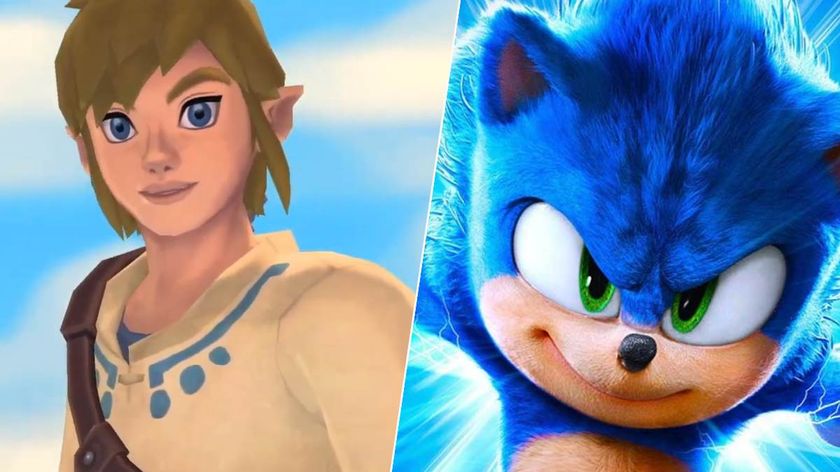The making of Silent Hill 2: "The wavelength of fear is actually the same wavelength you have when you are relaxed"
Tales from the Retro Crypt – Chapter Four
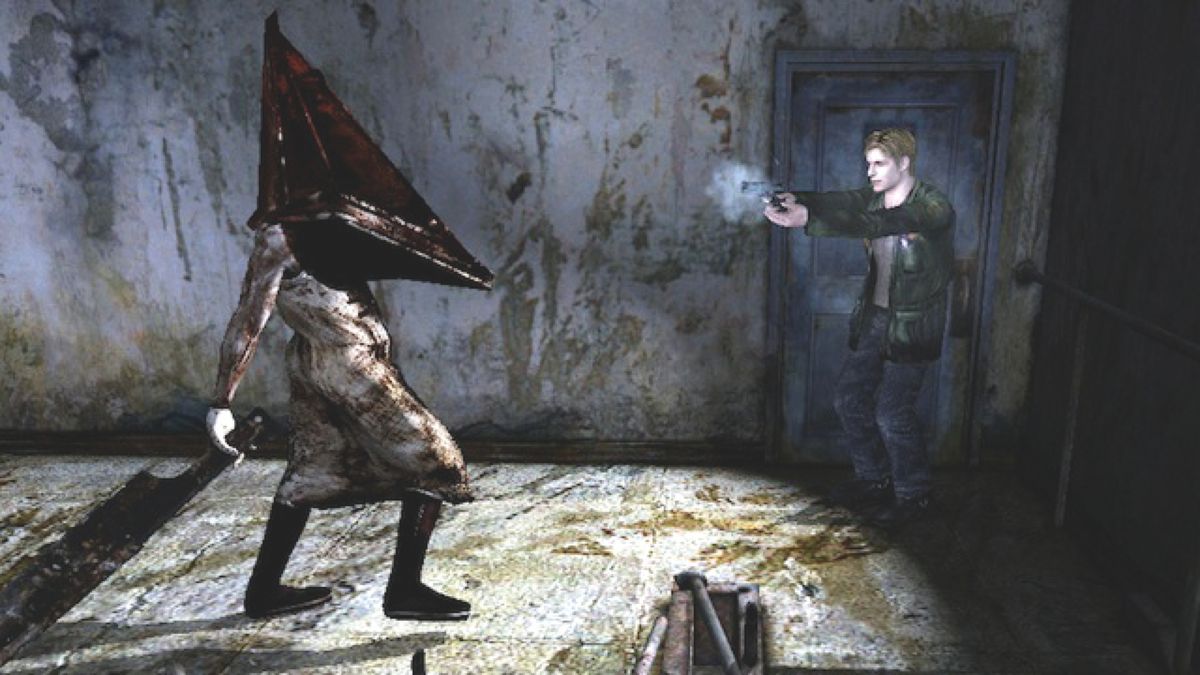
Silent Hill 2 is one of the most critically acclaimed horror games ever made, and is equally famous for having one of the best soundtracks in the industry. Retro Gamer talks to famed composer Akira Yamaoka about his work on the game, his methods, and how easy it is to create insanity.
David Lynch once said that sound was at least the equal of visuals in a movie, sometimes even more so. We wouldn't usually listen to the ramblings of a man who made Dune, but given his amazing body of work in psychological horror – and its huge influence on Silent Hill – we're going to let that one slide. That he's also absolutely correct doesn't hurt either. Sound may seem the poor relation in the world of visuals-obsessed video games (how many people have enormo-televisions but poor speakers?) but it can turn a good game into a great One.
No-one knows this better than Akira Yamaoka: the Japanese composer's work on the Silent Hill series is legendary, particularly the second instalment, which is magnificently eerie and absolutely fearless. Like most of the games in the series, the protagonist is an everyman searching for a loved one amidst the peculiar fog and decaying otherworld of (the otherwise quaint) Silent Hill. Unlike some of the others, however, it doesn't focus on secret societies and cults: it's a personal story of grief, love, lust and loss, with a killer twist if you play it right. Everyday stuff, then.
Uncanny valley
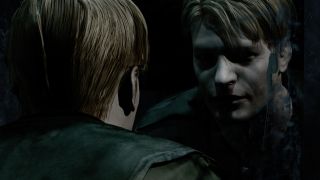
"I needed to keep going through some trials and errors until I got it right."
Akira Yamaoka
The series is about understanding what gives ordinary people the fear, and Yamaoka knows exactly what 'that' is, and it's the normal becoming abnormal. "In order to depict the emotion of feeling gross or fearful, it is most effective to use something disturbing in our daily lives," Yamaoka says.
"I used certain sounds that we dislike instinctively without any reason or logical explanation, such as the scratching sound of scraping down a blackboard, the drilling sound of construction sites, and the braking sound of bikes. I've combined them to create these unsettling enigmatic sounds."
As James Sunderland – widower, Leon S Kennedy hairstyle copier and generally all-round nice bloke – heads into the town to try and find an explanation for why his dead wife would be writing him a letter, the fear begins to mushroom. The roads are out, the fog makes the Tyne look like the Seychelles, and there's the unpleasant matter of grotesque creatures haunting (and in some cases hunting) his every move.
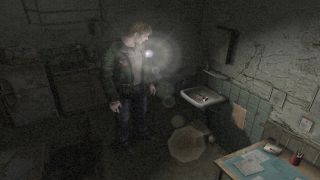
What's truly unsettling, however, is the sense of familiar otherworldliness about the place: a world of easily identifiable objects and landmarks – streets, lakes, parks, rows of houses – rendered strange, if never really dangerous. In other, less pretentious terms: they're infused with the nameless dread. Yamaoka drew on Japanese culture to make the sound match the unnerving visuals.
Sign up to the 12DOVE Newsletter
Weekly digests, tales from the communities you love, and more
"In order to create Silent Hill 2, I have used the Japanese style so it can be shown to the world. The style is not only talking about the Japanese inspiration, but I used the sense of what we call 'ma' that all Japanese people have. ["Ma" can be translated as "pause" or "space".]"
"Most of the Japanese culture seen abroad, such as Kimono, Ukiyoe or Zen, is created by the sense of 'ma' that we learn naturally, being born and raised in this culture without even consciously thinking about it. I created this soundtrack while keeping in mind the creation of originality, by utilising this subtle sense of 'ma' in music."
Fear and loathing
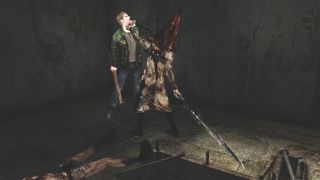
Like the psychological horror movies it drew inspiration from (including Adrian Lyne's 1990 classic Jacob's Ladder), Yamaoka's work exploits players in a manner beyond fight or flight, beyond 'holy crap run away it's a guy with a chainsaw' reactions, by considering the intricate and subtle ways that your brain deals with sound.
"The wavelength of having fear, when you are watching a horror movie, riding a jet coaster, or walking in the haunted house, is actually the same wavelength you have when you are relaxed. People actually know that scary experience is not equal to a danger to their body. Of course, this excludes real accidents or being actually hit."
"Basically, the fear is received by the body and the brain actually knows that they are not in danger. You might say that people know that it's okay because it's fictional. I believe the music that induces this state of 'fear = relax', and combined with the aforementioned 'instinctively disturbing sounds' creates that weird unsettling feeling."
Yamaoka's soundtrack gives Silent Hill 2 an edge that helps make it so memorable. Dialling into everything that was good (read: terrifying) about the environments and the enemies you face in them, his work succeeds in giving players the fear even when there's no imminent threat: try not to be reminded of Pyramid Head dragging the great knife when listening to some of the industrial pieces. Like the game itself, the true strength of the soundtrack is its ability to skip effortlessly between moods. Theme Of Laura is a guitar-driven track that opens the game: a little eerie, sure, but nothing too crazy.
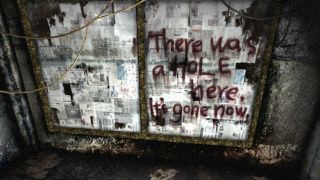
The next track, White Noiz, is the total opposite: a shifting, jarring theme that feels like, as Sunderland says in the game, someone reaching into your skull. And that's just how the game starts.
Throughout, there is the same back and forth, an uneasy mix that sometimes finds itself on the same track (Heaven's Night, for example). Some songs are repeated in a totally different context: again, like the game's environments. It's a shame then that no sequel that followed it really managed to recapture this mixture.
Was that because it was a fluke, a one-off? Maybe Yamaoka decided he'd had enough, pulling such weirdness out of his brain? According to the man himself, creating the sound wasn't nearly as hard as you would think.
"There wasn't anything difficult, but I just needed to achieve the concept I had set at the beginning, as described above. I needed to keep going through some trials and errors until I got it right." We'll just blame the games themselves, then.
This feature first ran in Retro Gamer 108. You can subscribe to Retro Gamer Magazine here and get more features just like this one delivered straight to your doorstep.
Retro Gamer is the world's biggest - and longest-running - magazine dedicated to classic games, from ZX Spectrum, to NES and PlayStation. Relaunched in 2005, Retro Gamer has become respected within the industry as the authoritative word on classic gaming, thanks to its passionate and knowledgeable writers, with in-depth interviews of numerous acclaimed veterans, including Shigeru Miyamoto, Yu Suzuki, Peter Molyneux and Trip Hawkins.

Ahead of GTA 6, Take-Two CEO says he’s “not worried about AI creating hits” because it’s built on recycled data: “Big hits […] need to be created out of thin air”
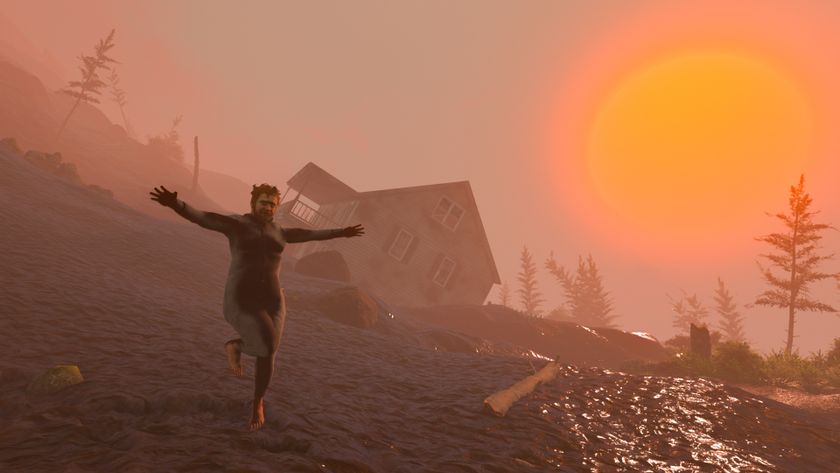
Getting Over It creator Bennett Foddy threatens the world once again: If you want Baby Steps to be a brutal rage game, "you can inflict that on yourself"

